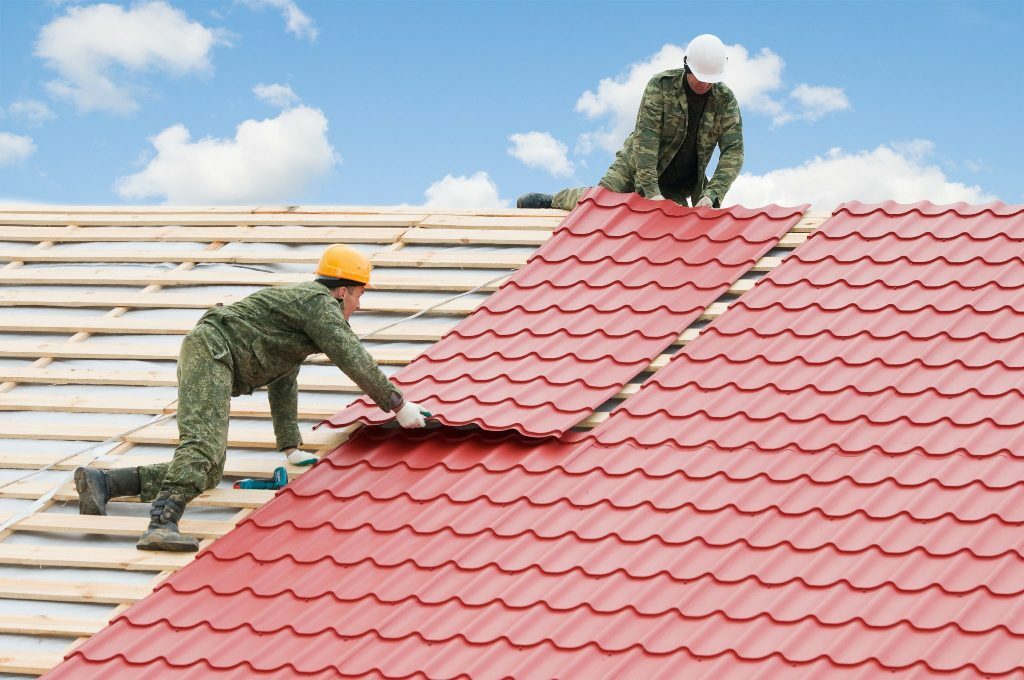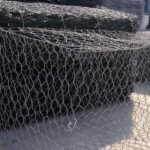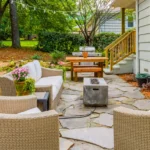While a roof is built to be long-lasting, they do necessitate an update around every ten to twenty years, contingent on the roof material. Each material has a series of advantages and disadvantages. If you are considering an upgrade to your roof, here are some options that you can think about.
Asphalt Shingles
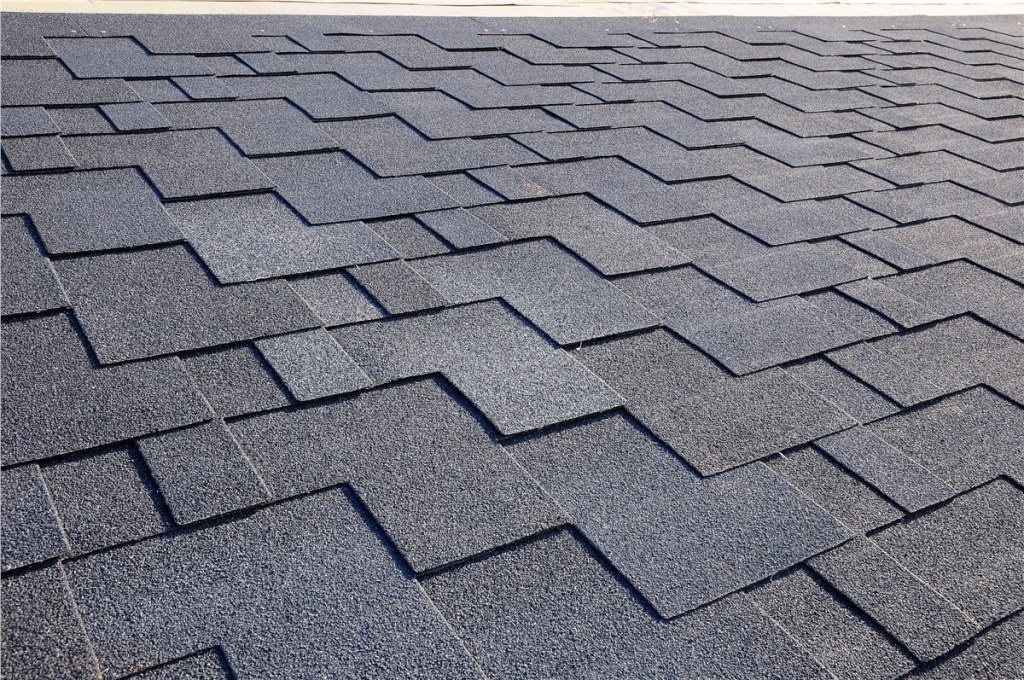
Asphalt shingles are one of the most well-liked and common roof materials since they are easy to install and more cost-effective. These shingles can be strengthened with organic materials like cellulose or fiberglass without altering their appearance.
Pros – Asphalt is available in various colors, are least expensive and are widely obtainable.
Cons – They have a shorter life than other materials and don’t offer the same insulation than others.
Concrete And Clay Tiles
Concrete and clay tiles add style and texture to a roof. The genuine, ribbed, scalloped or flat clay tiles are highly durable but a dense material that must be installed by a professional Cypress roofer. Concrete tiles offer versatility and are more affordable than natural clay, but they are also a bulky option.
Pros – Both concrete and clay tile are non-combustible and enduring. Concrete roofing is an energy-efficient option as well.
Cons – Concrete and clay tiles are costly, heavy, and generally necessitate extra framing.
Metal Roofing
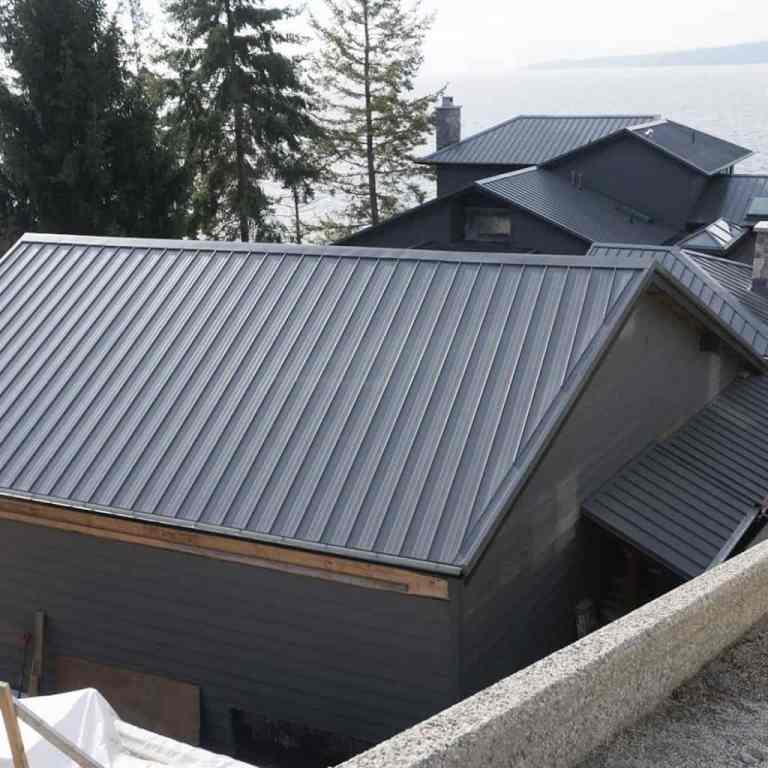
Metal roofing is a more resistant option for harsh weather elements. They are obtainable in two types, namely shingles or panels. These roofs can be purchased in copper, stainless steel, zinc, and aluminum. They are lightweight, long-lasting, sleek, recyclable, and an excellent choice if you are interested in harvesting rainwater.
Pros – Metal roofs are more durable and enduring than wood or asphalt, and they offer a high solar reflectance.
Cons – This is an expensive, roofing option.
Slate
Slate has a lovely and distinctive elegant look. Slate can be obtained in shades of green, grey, black, purple, or red.
Pros – Slate is fire-resistant, sustainable, recyclable, and highly durable.
Cons – It is a heavy and expensive choice and may require additional framing and professional installation. The quality can be different from imported slate.
Wood Shingles And Shake
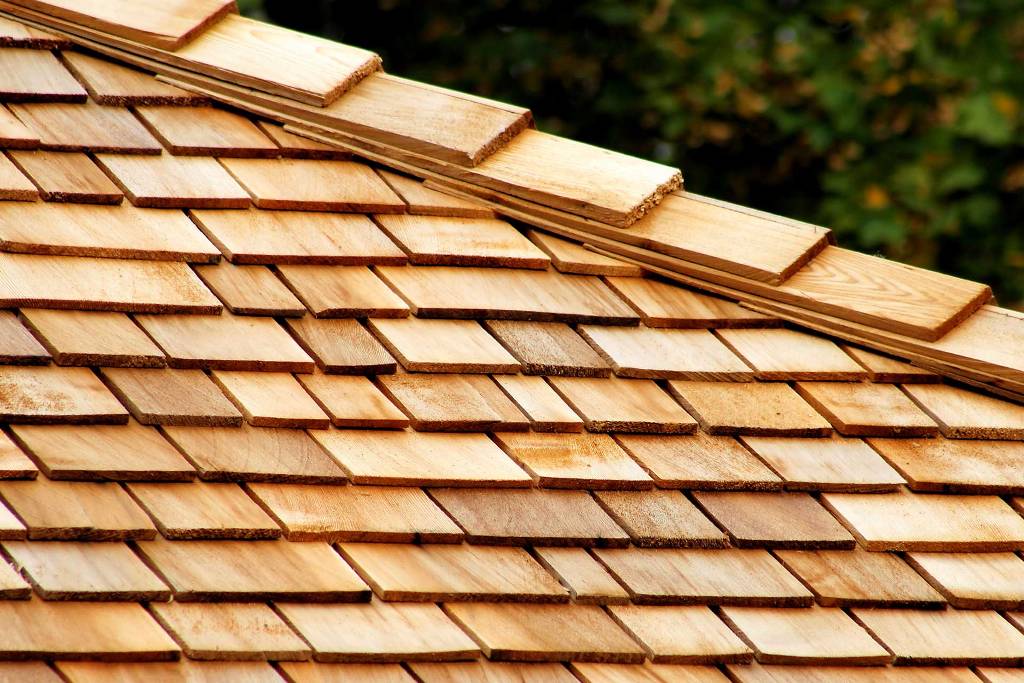
This is a preferred choice among homeowners for hundreds of years. Once the wood shingles age, they turn into a lovely shade of grey. Wood shakers are more robust-looking and handmade as opposed to wood shingles which are made by machine. Class A fire-rated products are recommended for fire-prone residential areas.
Pros – Wood shingles are excellent if you desire a rustic look and products which are natural like southern pine, cedar, and redwood.
Cons – Some areas have prohibited use due to the fire codes. Wood shingles are prone to rotting or splitting in wet climates.
Synthetic Roof Products
Synthetic products include plastic, rubber, and polymer roofing which are made to offer homeowners the same appearance, texture, and color than natural materials like wood and slate. Some of them are fire-resistant, and most are easily maintained and durable.
Pros – Synthetic roofing is often not as heavy, fragile, and costly than natural products.
Cons – Some products vary in quality and can absorb water. Newer products are not the same as traditional materials where time-testing is concerned.
